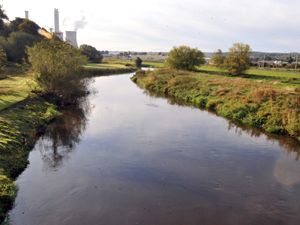Nine in 10 of region's rivers polluted with 'toxic cocktails'
More than nine in 10 rivers and lakes across the West Midlands were found to be contaminated with 'toxic chemical cocktails', according to a new report.

The study, jointly carried out by the Wildlife and Countryside Link and The River Trust examined the presence of five key pollutants in rivers, lakes and groundwater across England.
It found that all but five of the 69 rivers and lakes in the region contained at least one of the contaminants – accounting for 93 per cent of the affected sites.
Of these, seven rivers were found to contain three or more of the toxic cocktails.
The study looked at five different hazardous mixtures which include at least one of six chemicals: PFOS, PFOA, PFBS and PFHxS, which are known as 'forever chemicals' because they do not break down, the pesticide 2,4-D and the painkiller ibuprofen. These chemical mixes have all been found to be harmful to wildlife.
Using the Environment Agency's own data relating to lakes, rivers and groundwater, it found the problem was worst in the south of England.
The West Midlands was found to have a slightly lower overall percentage of sites affected, with just 48 per cent of groundwater sites suffering from contamination. But it also found a very high proportion of its rivers and lakes were polluted.




